Humans possess natural regenerative capabilities that allow for the innate healing of damaged tissue and bones. Although this process generally occurs unaided by external treatment methods, a promising branch of biotechnology: Bone Tissue Engineering (BTE) could potentially improve this healing process in humans. The addition of biodegradable polymers to the tissue defect site could act as mechanical and biological support facilitating the formation of new bone.
Biodegradable polymers form 3D printed scaffold structures that are inserted into tissue damage sites, functioning as cell behaviour regulators and bone repairment conductors. Their role in aiding bone repair requires them to meet certain criteria in order to ensure optimal integration into the body. Ideal scaffolds should have a rate of degradation that is equal or similar to the rate of bone formation, degrade into harmless components that are non toxic to the cell and be able to withstand high levels of pressure due to bone being a load bearing organ. The most commonly used polymer in BTE is polylactic acid (PLA), used for its biodegradation abilities. However, past literature had focused on the testing of bulk PLA materials and not porous PLA scaffolds which better imitate living tissue and thus may improve the process of tissue repair. Therefore, in this study a 90 day in vitro experiment was conducted to investigate the effect of mechanical stimulus on PLA degradation. A corresponding numerical simulation was developed in order to model hypothetical scaffold degradation situations.
The in vitro experiments conducted consisted of separating a total of 45 porous scaffolds into 2 groups and applying a different level of pressure to each. In order to achieve this a loading device was designed to exert mechanical stimuli (pressure) on the scaffold structures. The device contained phosphate buffer saline (PBS) that submerged the PLA scaffolds in order to imitate an in vivo environment. Changes in volume fraction (final PLA volume divided by initial PLA volume), mass, weight and Young Modulus (ability of a material to be stressed or strained) were observed in order to evaluate the rate of biodegradation. Microtomography (Micro-CT) was used to image the scaffolding’s appearance intermittently. The numerical simulation was conducted by coding a digital rendition of the physical loading device used. A cube consisting of digital volume subunits of PLA and PBS was produced topped by a rigid plate where the simulated pressure would be applied. Incorporating PLA and PBS subunits respectively led to the inclusion of stochastic event probability within the mathematical model.
Results showed that on average being subjected to higher mechanical stimuli caused faster scaffold degradation. This was most notably characterized in the significant decrease in mass of scaffolds seen in both the in vitro experiment and numerical simulation. Higher pressure led to higher levels of fragmentation in the PLA scaffolds increasing the surface area of PLA that was in contact with the PBS. Therefore, in vitro experiments revealed that increased PLA hydrolysis within the PBS may have caused the mass decrease more prominently observed in the scaffolds subjected to high pressure. The numerical simulation corroborated these results with a mathematical model that related the level of stress a PLA scaffold experienced to the level of degradation. Increased mechanical stimulus also served to counterbalance water uptake from the PBS that typically causes the PLA scaffolds to swell and experience structural weakness. This contributed to the decrease in volume fraction observed in the high pressure scaffold group in contrast to the fluctuating changes in volume fraction observed in the low pressure scaffold groups.
3D printed porous PLA scaffolds prove to be a promising implementation of BTE, due to their ability to both withstand high mechanical stimuli and experience increased degradation when exposed to high pressure. The regenerative properties of tissue used in conjunction with these emerging BTE applications could result in accelerated tissue healing processes.
REFERENCES
Chen H, Shi Q, Shui H, Wang P, Chen Q and Li Z (2021) Degradation of 3D-Printed PorousPolylactic Acid Scaffolds Under Mechanical Stimulus. Front. Bioeng. Biotechnol. 9:691834. doi:10.3389/fbioe.2021.691834
Hipsley, C.A., Aguilar, R., Black, J.R. et al. High-throughput microCT scanning of smallspecimens: preparation, packing, parameters and post-processing. Sci Rep 10, 13863 (2020). https://doi.org/10.1038/s41598-020-70970-7
Cover image by DeepMind on Unsplash
Elizabeth Adefolaju
Class of 2023
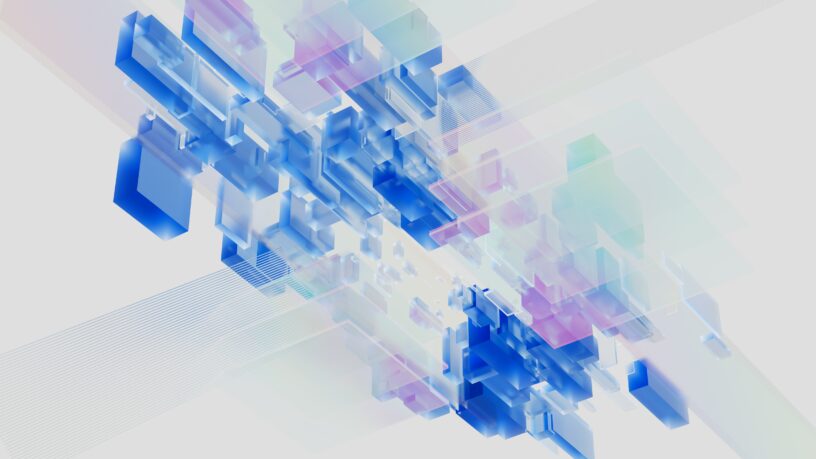
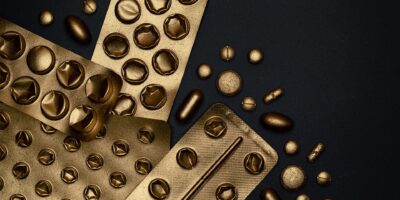
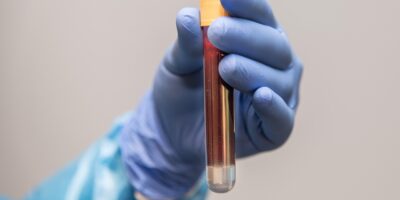

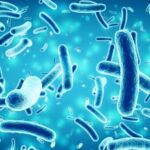
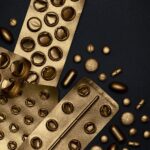
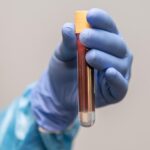
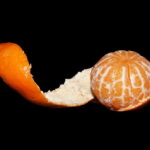

Leave a Reply
You must be logged in to post a comment.